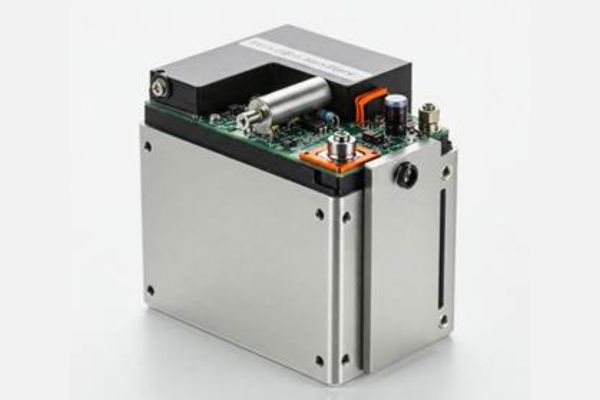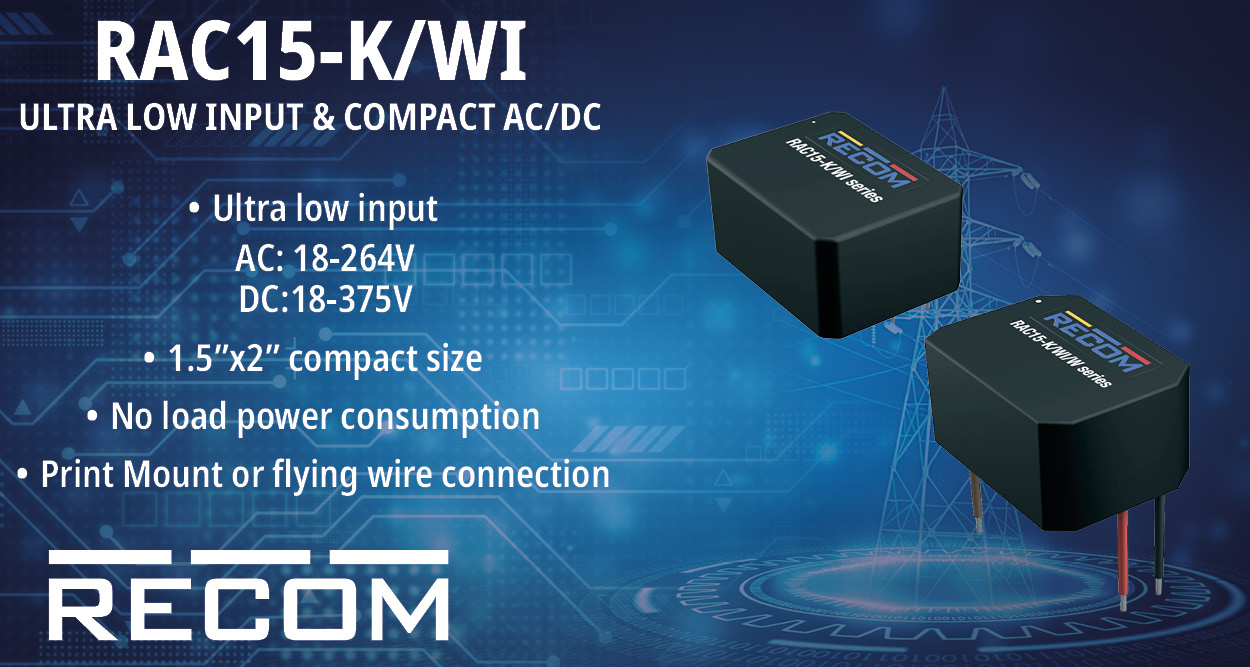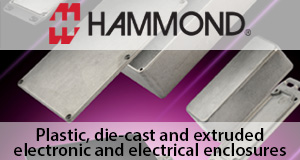The metal-air battery market is charging ahead as a viable alternative in the global pursuit of sustainable energy solutions. With the global industry valued at US$ 576.5 million in 2023 and forecasts predicting a remarkable expansion to US$ 2.1 billion by 2034 at a CAGR of 12.4%, metal-air batteries are poised to revolutionize the energy storage landscape. In this blog, we explore the critical drivers, technological advances, regional dynamics, and competitive landscape that will shape the metal-air battery market over the next decade.
A Glimpse into the Metal-air Battery Ecosystem
Metal-air batteries represent a breakthrough in energy storage technology. Unlike conventional batteries, these systems use ambient air as a reactant. The battery’s air-breathing cathode reacts with oxygen from the environment, paired with a metal-based anode such as lithium, zinc, aluminum, iron, or sodium. This innovative design offers several advantages including a high energy density, extended operating life, and enhanced safety profiles compared to traditional battery technologies.
The various forms of metal-air batteries—lithium-air, sodium-air, magnesium-air, aluminum-air, and zinc-air—each offer unique benefits that cater to a broad spectrum of applications. From powering electric vehicles (EVs) and consumer electronics to supporting stationary energy storage, military equipment, and aerospace devices, the versatility of metal-air batteries underscores their growing significance in modern energy solutions.
Market Dynamics and Growth Drivers
Depleting Fossil Fuel Supplies
One of the primary forces accelerating the adoption of metal-air batteries is the ongoing depletion of fossil fuel resources. As global energy demands continue to soar—propelled by rapid population growth and urbanization—the finite nature of fossil fuels becomes ever more apparent. Estimates suggest that at the current rate of consumption, fossil fuel reserves could be exhausted by 2060, intensifying the search for sustainable and efficient alternatives.
Metal-air batteries offer a promising solution. Their high energy density—ranging from five to 30 times greater than that of lithium-ion batteries—positions them as a key contender in bridging the gap between escalating energy demands and dwindling traditional energy sources. Furthermore, their cost-effectiveness, low toxicity, and abundance of raw materials such as zinc, aluminum, and iron provide additional incentives for both public and private sectors to invest in this technology.
Surge in Demand for Sustainable Energy
Global warming and the urgent need to curb carbon emissions are reshaping energy policies worldwide. According to recent data, global energy-related CO2 emissions reached over 36.8 gigatons in 2022, marking an unprecedented high. With forecasts predicting further increases in emissions if current trends persist, the imperative for cleaner, greener energy solutions has never been clearer.
Metal-air batteries, with their environmentally friendly profile, are emerging as a critical component in the renewable energy mix. They offer a viable pathway for reducing reliance on carbon-intensive power sources, thus mitigating the environmental impact. In response, governments are ramping up investments in sustainable technologies. For instance, initiatives in North America, such as the US$ 30 million grant awarded by the California Energy Commission to support long-duration iron-air battery projects, underscore the growing commitment to alternative energy storage solutions.
Advantages Over Traditional Batteries
The superior performance of metal-air batteries is one of the key reasons behind their burgeoning popularity. Traditional battery technologies, like lithium-ion systems, face challenges related to safety, longevity, and environmental impact. In contrast, metal-air batteries boast several compelling benefits:
- High Energy Density: With energy densities significantly surpassing those of conventional batteries, metal-air systems can store more energy relative to their weight. This is particularly advantageous in applications such as electric vehicles, where extended driving ranges are essential.
- Sustainability and Safety: The use of abundant, non-toxic metals makes these batteries a safer and more sustainable option. Their design minimizes environmental hazards associated with battery disposal and recycling.
- Cost-effectiveness: Metals such as zinc and aluminum are readily available and low-cost, making the production of metal-air batteries economically viable in the long term.
- Long Operating Life: Metal-air batteries are designed to offer prolonged operational lifespans, reducing the frequency of replacements and maintenance costs.
Technological Innovations and Market Trends
The current phase of research and development is pivotal for the evolution of metal-air batteries. Although many of these batteries are still in the experimental or pilot production phase, ongoing innovations are rapidly pushing the boundaries of what is possible. Researchers and key industry players are focusing on enhancing the performance characteristics of these batteries through novel catalyst technologies and improved materials science.
Advancements in Catalyst Technologies
Catalysts play a crucial role in the efficiency of metal-air batteries. Companies like Phinergy, ABOUND, and Sion Power Corporation are investing heavily in the development of next-generation catalysts to optimize the electrochemical reactions at the battery’s electrodes. For instance, in April 2024, AZUL Energy announced a breakthrough with a paper-based, high-performance magnesium-air battery that utilizes a rare-metal-free catalyst. This innovation not only promises enhanced performance but also aligns with the growing demand for sustainable and eco-friendly solutions by leveraging renewable resources.
Enhancements in Material Science
Material innovation is another critical area of focus. Researchers are experimenting with various metals for the anode, each with its own set of benefits. Lithium, zinc, aluminum, and even sodium are being rigorously tested to determine the optimal balance between cost, energy density, and durability. The development of aluminum-air batteries, for example, is showing considerable promise due to aluminum’s high abundance and low cost, particularly in regions with strong industrial bases.
Integration with Renewable Energy Systems
Metal-air batteries are also being integrated into larger renewable energy systems. Their potential to offer multi-day energy storage solutions makes them an ideal candidate for stabilizing grids that rely on intermittent renewable sources such as wind and solar power. This capability is critical as more countries transition towards renewable energy and look for reliable ways to store excess power for later use.
Regional Outlook: Asia Pacific Leads the Charge
The global landscape for metal-air batteries is highly regionalized, with Asia Pacific emerging as the dominant player. This region’s leadership is attributed to several factors:
- Rapid Industrialization and Urbanization: The fast-paced economic growth and urban development in countries like China, India, and Japan are driving up energy demands. Metal-air batteries provide a sustainable solution to meet these escalating needs.
- Electric Vehicle Adoption: Asia Pacific is witnessing a surge in electric vehicle sales, with China leading the charge. The International Energy Agency (IEA) reported a significant 35% year-over-year increase in electric car sales in China during early 2024. Metal-air batteries, with their high energy density, are seen as pivotal in extending the range and performance of electric vehicles.
- Investment in Sustainable Technologies: Strategic investments, such as the joint venture between Phinergy and Indian Oil Corporation for aluminum-air battery production, are bolstering the region’s technological prowess. This collaborative approach not only accelerates research and development but also ensures the efficient scaling of production processes.
Competitive Landscape and Key Industry Players
The metal-air battery market is characterized by a dynamic competitive landscape. Leading companies are not only investing in R&D but are also establishing strategic partnerships and joint ventures to strengthen their market position. Some of the prominent players in this sector include:
- Phinergy: A pioneer in metal-air battery technology, Phinergy is at the forefront of developing high-performance batteries and innovative catalyst technologies.
- ABOUND and NantWorks, LLC: These companies are carving out significant market share through strategic investments in next-generation energy solutions.
- Fuji Pigment Co., Ltd. and Arconic: With strong industrial backing, these companies are leveraging their expertise in materials science to enhance battery performance.
- Sion Power Corporation and Log9 Materials: Focused on R&D, these players are crucial in advancing the technological frontiers of metal-air batteries.
- PPBC, ACTXE Limited, and GP Batteries International Limited: These companies continue to invest in expanding their product portfolios and improving production efficiencies, ensuring a robust competitive landscape.
Strategic Implications for the Future
As Per Transparency Market Research, The projected growth trajectory of the metal-air battery market, from US$ 576.5 million in 2023 to US$ 2.1 billion by 2034, highlights the immense potential of this technology. The market’s evolution is underpinned by several strategic implications:
Transition to Sustainable Energy
The urgent need to transition away from fossil fuels has catalyzed investments in sustainable energy solutions. Metal-air batteries, with their superior energy density and sustainability attributes, are well-positioned to replace traditional battery technologies in various applications. This transition not only supports environmental goals but also offers a pathway to energy security by reducing dependence on depleting fossil fuel reserves.
Innovation-Driven Growth
The continuous evolution of catalyst technologies and material science is critical for the future success of metal-air batteries. Innovations that enhance battery performance and reduce production costs will accelerate market adoption across sectors. As companies invest in these technologies, the market is likely to witness breakthroughs that will further solidify the position of metal-air batteries as a cornerstone of sustainable energy storage.
Global Collaboration and Investment
The growing interest in metal-air batteries has spurred a wave of global collaborations and investments. Governments and private sectors alike are pooling resources to develop and scale these technologies. Such initiatives are crucial for overcoming the current technical challenges and driving the mass commercialization of metal-air batteries. Investments in pilot projects and R&D are laying the groundwork for future success, ensuring that the technology can meet the evolving demands of modern energy systems.
Diversification of Applications
While electric vehicles and stationary energy storage remain primary focus areas, the potential applications of metal-air batteries extend far beyond. Their integration into consumer electronics, medical devices, military equipment, and aerospace technologies illustrates the wide-ranging benefits of this technology. As research continues to expand the horizons of metal-air battery capabilities, new and innovative applications are likely to emerge, further broadening the market scope.
Concluding Thoughts
The outlook for the metal-air battery market is both promising and transformative. As the global economy grapples with the dual challenges of increasing energy demands and the depletion of traditional fossil fuels, metal-air batteries offer a beacon of sustainable innovation. With a forecasted growth from US$ 576.5 million in 2023 to an impressive US$ 2.1 billion by 2034, the market is set to become a key player in the future of energy storage.
The rapid advancements in catalyst technology, coupled with significant investments in R&D and regional market expansion—particularly in Asia Pacific—underscore the strategic importance of metal-air batteries. These technologies not only promise enhanced performance and safety compared to conventional battery systems but also contribute to global efforts in reducing carbon emissions and mitigating climate change.
For industry stakeholders, the current momentum represents an opportunity to be at the forefront of a technological revolution that could redefine energy storage standards worldwide. Whether through enhancing the performance of electric vehicles, powering large-scale renewable energy projects, or diversifying into new application areas, metal-air batteries are poised to play a pivotal role in a sustainable energy future.
As research continues to break new ground and investments surge in response to escalating energy demands, the metal-air battery market is on track to become a cornerstone of next-generation energy solutions. The transition to these innovative battery systems reflects a broader commitment to sustainable development and the urgent need to address global warming—a commitment that will shape the energy landscape for decades to come.
The journey toward widespread adoption of metal-air batteries is just beginning, and the next decade promises to be an exciting period of transformation and technological breakthroughs. As the world moves steadily away from fossil fuel dependency, metal-air batteries stand out as a beacon of innovation, illuminating the path to a greener, more sustainable future.

















